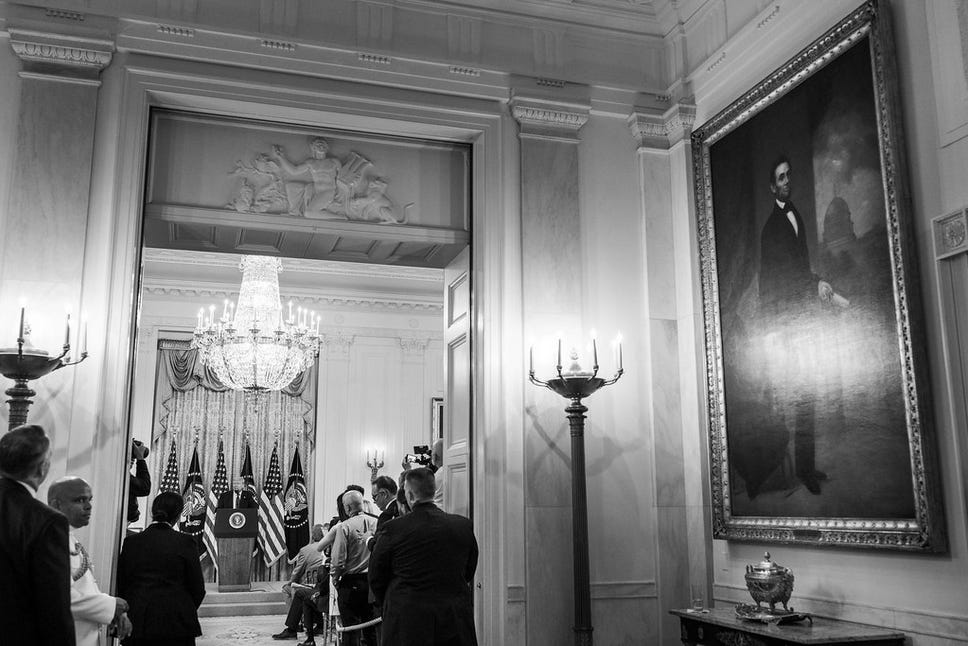The idea of a transcontinental railroad caught fire in the late 1840s, when New York merchant Asa Whitney presented a plan to Congress.

Then Whitney published a pamphlet explaining the idea to the public and the idea took hold.


The government sent engineers out west to evaluate five proposed routes for the railroad.


They determined that, while each route posed its own set of challenges, any of them could work.
And the debate began.

Southerners, led by Secretary of War Jefferson Davis, of Mississippi, preferred a southern route passing through Texas.
‘Builders would have to cross fewer mountain ranges and struggle with much less snow than in the northern routes,’ he said.
And the southern route would speed the economic development of the South.

Northerners preferred a route which would connect at Council Bluffs, Iowa, to the existing Eastern rail network.
And this route would prevent the railroad from easing the spread of slavery into the western territories.

So, the question of where to build the railroad became another aspect of the political divide between North and South.
Then came the outbreak of the Civil War in 1861.

Lincoln, the new president, had represented railroads as a lawyer in Illinois and he became the project’s proponent-in-chief.

With the withdrawal of Southern representatives from the Congress leaving the Northerners in the majority, legislation passed in 1862 authorizing construction along the northern route.

The first pickax and shovel hit dirt in 1863, as General Grant began his offensive on Vicksburg.

And, in 1869, as President Grant sat in the White House, the railroad was finished.

The US was about to become an economic powerhouse.

No one could say the Civil War, with its 620,000 dead, was a good thing.
But the conflict opened a path forward through long simmering, seemingly intractable problems.
The transcontinental railroad was just one of them.

Is there always a silver lining on dark national storm clouds?
I don’t know.
But history tells me to keep looking for one.














Share this post